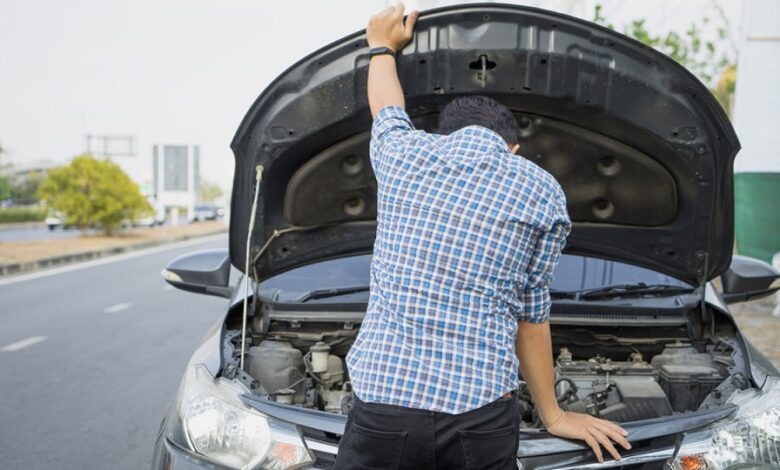
Although car safety technology has advanced a lot in the last decade, failures and faults can still happen. Because cars are so complex, just one minor fault can impact their performance and functionality.
Even the smallest issues that don’t appear to be very serious at first can progress onto something major if it’s not resolved quickly. Repairs can be expensive but leaving problems to fester so that you can save money in the short term could increase your future costs.
To reduce your repair costs, you can get an extended warranty. Whether you get a Honda extended warranty or coverage for a large SUV, your warranty provides financial protection for a range of car issues.
Most warranties cover the costs of issues relating to the car’s engine, suspension, steering, clutch, brakes, and electrics. They don’t cover the costs of general wear and tear. It’s important to know which faults or issues are covered by your warranty so you can identify when to make a claim on your policy.
Here are three common car faults to be aware of and get fixed as soon as they appear in your vehicle.
Wobbly Steering Wheel
There are many reasons why your steering wheel might be shaky or wobbly. Driving with a loose steering wheel can make it harder to control your vehicle and may put your safety at risk.
Often, a wobbly steering wheel is secondary to faulty suspension. When the wheel bearings are damaged, you’ll find that the steering wheel is shaky when you first set off from a stationary position.
If you find that the wheel gets wobbly when you’re driving at higher speeds, the issue is likely caused by problems with your tires or wheels.
Grinding Brake Pads
The brakes in your vehicle are vital to your safety. Without them, you’ll be unable to bring the car to a stop.
Your brakes are one of the most well-used parts of your car, so they are prone to wear and tear. If you find that your brakes feel spongy or grind when you apply them, there is likely a deeper problem.
The issue might be resolved by something as simple as replacing the brake pads or there might be a more complex issue at hand that needs the expertise of a mechanic.
Worn Tyres
Your driving technique and the natural weight distribution of you and your passengers inside the car can cause the tires to wear unevenly. Often, the tire directly below the driver’s seat wears more quickly than the others.
If you find that your car pulls to one side or your steering wheel vibrates as you’re driving, it’s worth getting your tires checked. It may be a flat tire, worn tire, or suspension problem.
To minimize tire-related issues and maintain the safety of your vehicle, replace them every 5,000 miles and get them checked regularly by a qualified mechanic.




